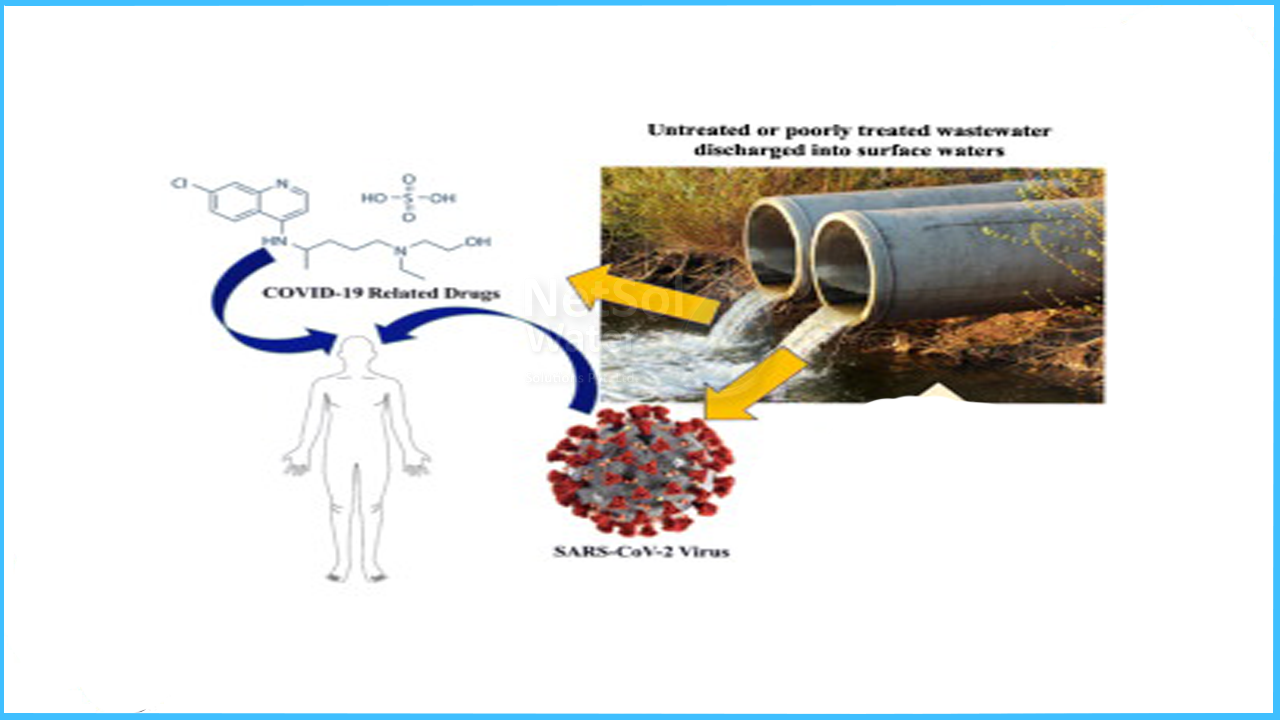The Covid-19 pandemic has posed several difficulties in everyday life, one of which is spending extended periods of time at home. With everyone in the family at home, water consumption, bathroom usage, and the need for laundry washing, all rise. Even though the Covid-19 virus is not transmitted through water, you still need clean water. Because of the high mineral concentration in our water, it must be treated before consumption, whether it comes from a well or another source. This is due to the deposits and scaling that hard water causes on utensils, faucets, sinks, and washrooms, among other things. It could also damage your hair. The rising need for good quality water filtration systems, with reverse osmosis being the most popular, has risen in response to increased water consumption and concerns associated with hard water. This blog goes over how reverse osmosis softens and conditions hard water, as well as other issues.
HOUSEHOLD TASKS THAT NECESSITATE THE USE OF CLEAN, SOFT WATER
Prior to COVID, most people were not at home for the entire day, and household water use was significantly lower than it is now. Tasks and chores have risen in frequency as people spend more time at home, increasing water volume demand during the pandemic.
- 1. Drinking Water: In the past, most of us either brought bottled water to work or drank the water provided by our employers. As a result of the COVID-19 outbreak forcing us to stay at home, we drink water from our own taps throughout the entire 24 hours whenever we need it. The majority of us were unaware of how bad our tap water tasted at home.
- 2. Cooking: During the early months of the pandemic, most of us practised our cooking abilities. As a result, the amount of water consumed for this operation was naturally greater than that required previously.
- 3. Dishwashers: With everyone at home and eating all meals at home, the quantity of dishes and utensils has grown significantly.
- 4. Washing Machines: During the pandemic, the volume of filthy clothes, as well as the necessity for the frequency of washing, rose. This was especially prevalent in households with small children or those working in the critical services market group.
- 5. Washrooms/bathrooms: All family members utilised the washrooms/bathrooms at all hours of the day and night. Hand washing with soap on a regular basis increased as well.
- 6. Cleaning: Keeping the house clean became even more important, requiring daily vacuuming, cleaning, and mopping.
- 7. Outside Activities: This can include irrigation, gardening, vehicle washing, sprinkler play, and anything else the family did when it got weary watching Netflix. Houses were painted and pressure washed, all of which resulted in a massive increase in water use.
The demand for reverse osmosis water filtration systems has skyrocketed in response to the growing need for clean, soft water. The following section discusses two important RO water filtration systems.
REVERSE OSMOSIS WATER FILTRATION SYSTEMS TYPES
Point-of-Entry (POE) systems, also known as whole-house systems, and Point-of-Use (POU) systems, also known as under-sink systems, are the two most common types of reverse osmosis systems.
1. Reverse Osmosis Systems for the Entire House: A single unit is installed for the entire house. Because this is a single system that will handle all of the household's taps and faucets, it must be correctly sized. One or more big RO membranes will be used in these systems. A pump is required to force the water through the membrane, which requires electricity. This must be taken into account when deciding on a site location. The purified water is stored in a big tank and supplied through the home via a repressurization pump. The main benefit of this system is that it provides the best water to every faucet. The waste water can also be stored and used for irrigation, cleaning, and other purposes as desired by the consumer.
2. Point-of-Use Reverse Osmosis for under-sink system: Typically, this is a four-stage RO system that includes sediment, pre-carbon, RO membrane, and post carbon/TCR filters. Particulate matter and dirt are removed by the sediment filter. Chlorine and other chemical contaminants that could harm the membrane are removed by the carbon filter. Dissolved minerals, dissolved salts, heavy metals, and other organic and inorganic contaminants are reduced by the RO membrane. The membranes installed on each system are small, and the water is pushed through the membrane by the current water pressure. The post carbon TCR filter improves the flavour and quality of water that would otherwise have a stale taste due to the RO membrane's demineralization. Heavy impurities in the water stream are rejected and routed to a drain line connected to the system.




